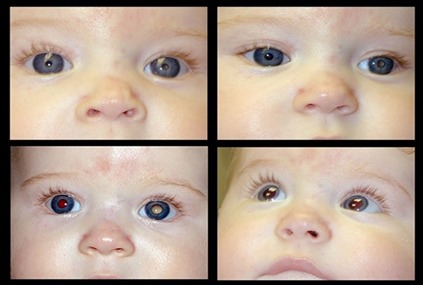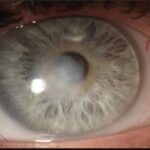A medication administration route is often classified by the location at which the drug is administered, such as oral or intravenous. The choice of routes in which the medication is given depends not only on convenience and compliance but also on the drug’s pharmacokinetics and pharmacodynamic profile.
There are two major routes for drug administration in eye :
1.Systemic
2.Local
SYSTEMIC ROUTE OF DRUG ADMINISTRATION –Here the drug can be given by mouth or by the injections but the intraocular potential of systemic administration of drug depends upon the blood aqueous barrier . Blood aqueous barrier turn influenced by molecular weight and lipid solubility of drug.
Low molecular weight and high lipid solubility drug pass through the aqueous barrier.
EX- SULPHONAMIDES, CHLORAMPHENICOL.
TOPICAL ROUTES OF DRUG ADMINISTRATION – There are many more option in drug administration.
1.Eye drop
2.Eye ointment
3.Drug impregnated contact lens.
4.subconjunctival and subtenon injection
- Retro bulber and peribulber injection.
- Intravitral injection.
EYE DROP – It are the most popular and easy way of topical drug administration . But here some disadvantage is also-
- Short duration of action
- Dilatation of drug by tear
- Drainage through nasolacrimal sac
- Difficult to use in children
EYE OINTMENT – Particularly use kin night time and for the children also not drainage by nasolacrimal sac but also dilatate by tear. But some disadvantage is also here like –
- It can not be used in day time because it occurs blurred vision
- Sometimes allergic reaction may occur by that .
DRUG IMPREGNATED CONTACT LENSES – A soft contact lens socked in to the compound and when it placed in the cornea gradually it released the drug.
EX- PILOCARPIN for glaucoma treatment.
SUBCONJUNCTIVAL AND SUBTENON INJECTION – This are popular for administration of antibiotics, corticosteroid and atropine. This is useful at the end of intraocular operation and cataract surgery and it also use the treatment of corneal ulcer.
Contradiction –
- It may be painful for inflamed eye
- Conjunctiva became scarred
- Accidentally globe perforation may be occurred.
RETROBULBER AND PERIBULBER BLOCK-
Retrobulbar block was introduced by Herman Knapp In 1884. It is administered by injecting 2 ml of anaesthetic Solution (2% xylocaine with added hyaluronidase 5 IU/Ml and with or without adrenaline one in one lac) into the muscle cone behind the eyeball . It is usual to give the injection through the inferior Fornix or the skin of outer part of lower lid with the eye In primary gaze .The needle is First directed straight backwards then slightly upwards and inwards towards the apex of the orbit, up to a depth Of 2.5 to 3 cm. Retrobulbar block anaesthetizes the ciliary nerves, ciliary ganglion and third and sixth cranial nerves thus Producing globe akinesia, anaesthesia and analgesia. The superior oblique muscle is not usually paralyzed as the fourth cranial nerve is outside the muscle cone.Complications encountered with it include Retrobulbar haemorrhage, globe perforation, optic Nerve injury, and extraocular muscle palsies.
This technique described in 1986 by Davis and Mandel has almost replaced the time-tested combination of Retrobulbar and facial blocks, because of its fewer Complications and by obviating the need for a separate facial block.Primarily the technique involves the injection of 6 to 7 ml of local anaesthetic solution in the peripheral Space of the orbit from where It diffuses into the muscle cone and lids; leading to Globe and orbicularis akinesia and anaesthesia. Classically, the peribulbar block is administered by two injections; first through the upper lid (at the Junction of medial one-third and lateral two-third) and Second through the lower lid (at the junction of lateral One-third and medial two third .After injection orbital compression for 10 to 15 Minutes is applied with superpinky or any other method. The anaesthetic solution used for peribulbar Anaesthesia consists of a mixture of 2 percent Lignocaine, and 0.5 to 0.75 per cent bupivacaine (in a Ratio of 2:1) with hyaluronidase 5 IU/ml and adrenaline One in one lac.
INTRAVITRAL INJECTION – Injecting drug directly into the vitreous cavity in indicated in various posterior segment pathologies. This route delivers the drugs at the target site and by pass all absorption barriers . The gel like vitreous also acts as a reservoir for the drug which acts slowly over time.
CONTRADICTION –
- CARO( Central retinal artery occlusion)
- Vitreous hemorri
- Retinal detachment
- Endophthalmitis







